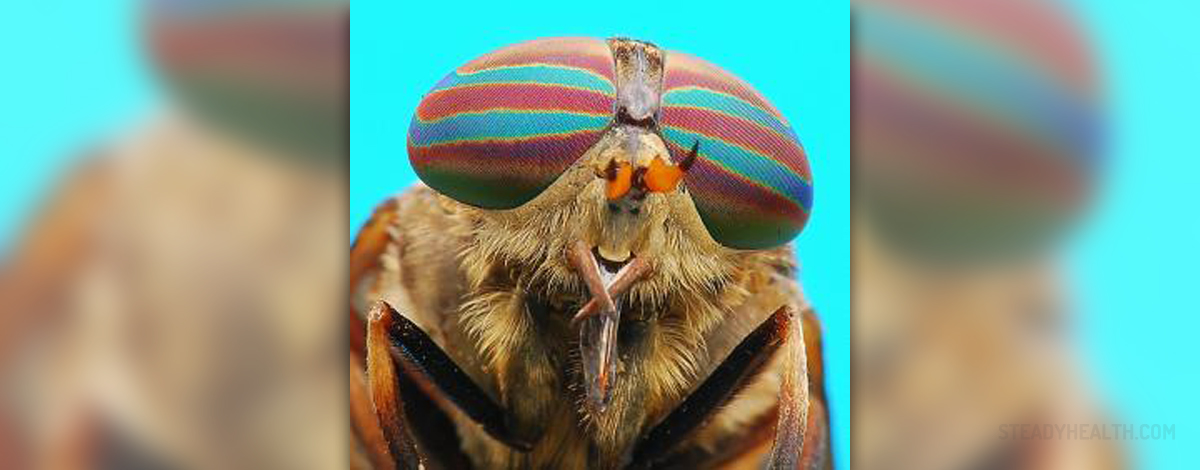
Characteristics of Horseflies
A horsefly is a type of insect which mostly lives in wet and humid environments. It resembles a standard fly, but it is only bigger and has a hairy body. Male horseflies play an important role in the pollination process, since they feed on the pollen of many plants. On the other hand, female flies of this species feed on mammal blood, so livestock, small animals and even humans are their common targets. These insects can be located in many different places on our planet.
Horsefly Can Bite and It Can Be Painful
A horsefly's bite is not gentle as it involves a violent removal of a small portion of the skin's outer layer with its small, curved, sword-like organs before releasing certain chemicals into the wound in order to make the blood flow faster. A person feels the pain immediately after being bitten and the histamine the body releases triggers numerous skin abnormalities. A red bump appears on the skin and it may hurt or cause itchiness. One may also develop allergic reactions to the bite, resulting in rashes capable of spreading or affecting the mouth and eyes too. In some cases of horsefly bites breathing difficulties may take place. The bite spot may get worse, producing pus and severe pain, along with the increasing swelling and a possible infection, so medical assistance is highly recommended.
Other Insects that Leave a Mark on the Skin
Depending on the insect, the bite effect can vary. A large number of people wake up in the morning pondering upon the new, painful and itching marks on their skin, unable to figure out the cause behind them. Moreover, these marks tend to multiply and increase in the irritation, yet one is still unable to fight it since the cause usually remains unknown. In most cases, the answer lies in tiny insects which infest the homes virtually everywhere around the world. These bugs like wooden surfaces and often decide to reside in one’s home once the rainy and cold seasons strike. They like the beds as well, and, once a person lies down to sleep, he or she will most probably be exposed to their biting. Bed bugs are one of the most frequent pests of this type and they are known for having quite an unpleasant bite. Pain and irritation usually strike the spot of the bed bug bit and it is usually accompanied by itchiness. Scratching the bite causes the irritation to spread and blisters to form, increasing the person’s suffering even more. Some other insects inject poison into the system after a bite too, and this may lead to the triggering of an anaphylactic shock. This happens due to the organism's reaction to these threats which triggers the production of dangerous chemicals in self-defense. These chemicals may affect one’s breathing, heart rate and other aspects of his or her well-being and cause one to fall into a state of shock. Many insects are capable of transferring diseases with their bites, so one needs to be careful while getting bit and react timely in order to rule out any possible complications. Once bit, a person risks developing swellings, redness, blisters and itchy bumps all over the body. Even though other insects may bite as well, these are the most common kind infesting the beds, causing all the above mentioned problems.
Treatment Options
In order to avoid infection or any prolongation of problems caused by horsefly bites one needs to wash the bite spot with water and soap immediately after realizing that the bite has occurred. Applying some anti-inflammatory topical creams onto the area may be very helpful as well. A person may take an anti-histamine tablet if the allergic reaction gets out of hand. Vinegar or aloe vera juice are also excellent alternatives when it comes to the treatment of horsefly bite. Applying ice pack is a very good way of treatment too, since it reduces both swelling and irritation related to the troublesome spot. If all else fails, the patient needs to seek medical attention as soon as possible. Since horseflies can be dangerous, one needs to be extra careful and protected whenever he or she is around them. It is highly recommended to use longs sleeved clothes, insect sprays or any other measure of protection. In cases of bed bug bites, upon noticing the bite one needs to apply ice or cold water onto the troublesome spot in order to reduce both the irritation and the swelling, including pain. Then, one needs to disinfect the area by washing it with an antibacterial soap or some other antiseptic product. If a person notices that the symptoms escalate, or if he or she experiences allergic reactions upon getting bit, immediate medical attention needs to be sought. Blisters usually appear after scratching and damaging the outer layer of the skin, but in some cases they might also appear due to the evolving of the bite itself. Either way, one must consider taking anti-inflammatory medications, applying Calamine lotion or some other soothing product and pay one’s doctor a visit.


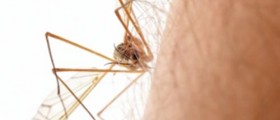
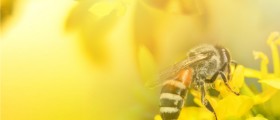
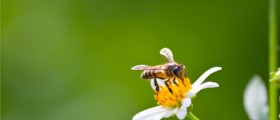
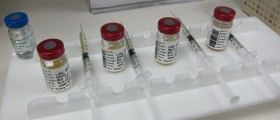

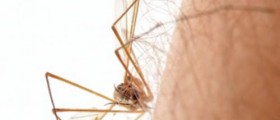
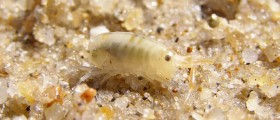
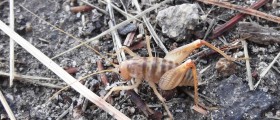
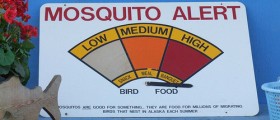
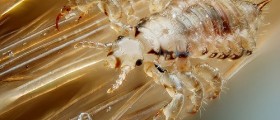

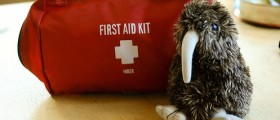


-Causes,-Symptoms-And-Diagnosis_f_280x120.jpg)
Your thoughts on this
Loading...